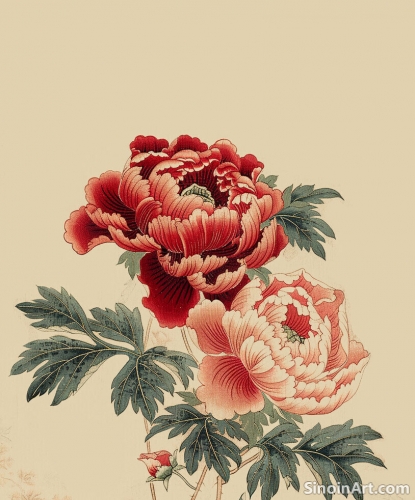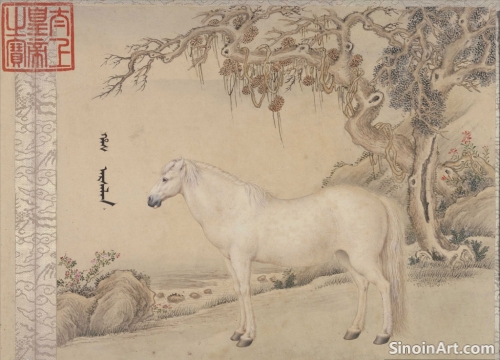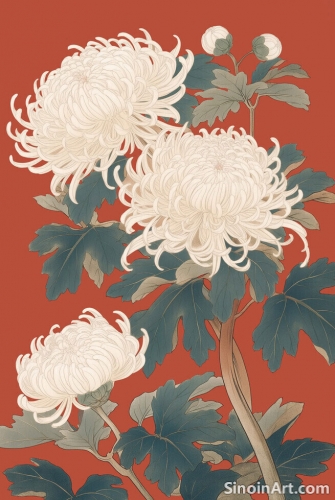The Use of Perspective and Space in Gongbi Painting
|
While traditional Chinese painting often prioritizes a flat compositional style, the use of perspective and the manipulation of space have become important considerations in contemporary Gongbi painting. Contemporary artists have begun to blend traditional techniques with modern styles.  The exploration of perspective in Gongbi often involves the use of overlapping elements, atmospheric perspective, and other techniques to create a sense of depth and distance. This has allowed artists to blend Western methods with traditional approaches. The incorporation of techniques that were traditionally used in the West has expanded the visual language of Gongbi.  The use of negative space is also important in creating a sense of depth and atmosphere. By intentionally leaving areas of the composition blank, artists can suggest a sense of open space that draws the viewer into the artwork. The use of negative space is important to balance the complexity of the highly detailed work.  Traditional Chinese painting often uses a "floating perspective," where elements are arranged to emphasize different points of view rather than adhering to a single vanishing point. This approach is often still seen in contemporary works of Gongbi, where the point of view is varied and multiple perspectives are used. The use of layers is also used to create a sense of depth. By overlapping elements, color washes, and details, the artist can create a layered visual space. These techniques allow the artist to both layer space and perspective. The blending of traditional Chinese approaches to space with techniques adapted from Western traditions has added a new dimension to contemporary Gongbi painting. This fusion of different styles and techniques expands the boundaries of the art form and creates new and exciting visual possibilities. |
Tag : Perspective in Gongbi, Chinese art space, visual layering, composition techniques, art viewpoint
Related information
- Brushstrokes of Precision: The Techniques of Gongbi
- Gongbi Painting and the Influence of Chinese Poetry
- Gongbi and the Depiction of Water: Capturing the Flow and Spirit
- Gongbi in the Modern Age: Contemporary Artists and Innovations
- Gongbi Painting and its Relationship to Song Dynasty Aesthetics
This article delves into the specific techniques of Gongbi painting, focusing on the outlining method, color application, detailed depiction, traditional materials, and the discipline required for mastery.
This article explores the influence of Chinese poetry on Gongbi painting, highlighting the shared themes, imagery, and symbolic language, and how this connection enhances the literary and artistic impact of the artwork.
This article explores the depiction of water in Gongbi painting, highlighting the techniques used to capture its flow and movement, the use of color to suggest its depth, symbolic significance, and how it enhances the overall sense of harmony and balance within the artwork.
This article explores the evolution of Gongbi painting in the modern era, highlighting the innovative approaches of contemporary artists, the incorporation of new themes and techniques, and the use of technology, while maintaining the core principles of the tradition.
This article explores the relationship between Gongbi painting and the aesthetic principles of the Song Dynasty, highlighting its influence on the art form's emphasis on realism, detail, subject matter, symbolism, and overall artistic vision.